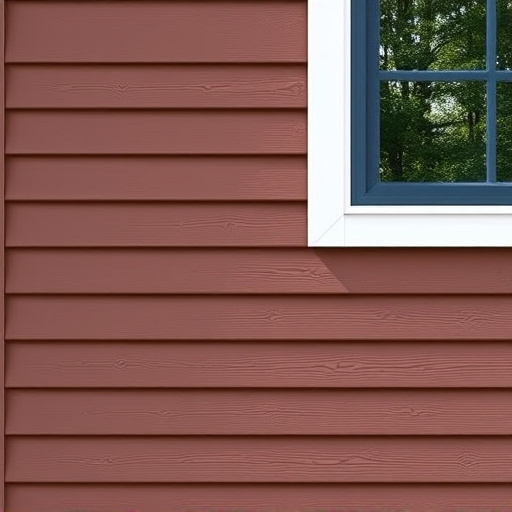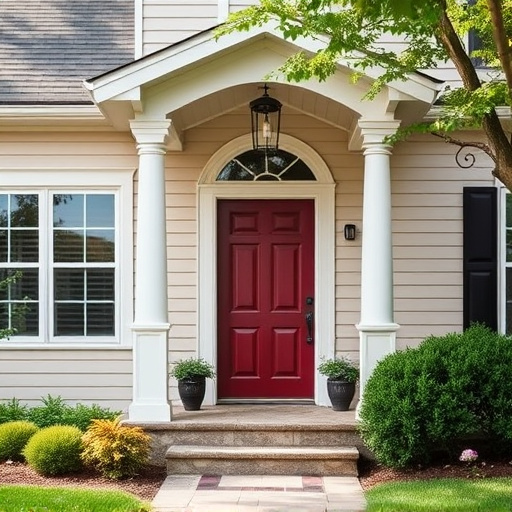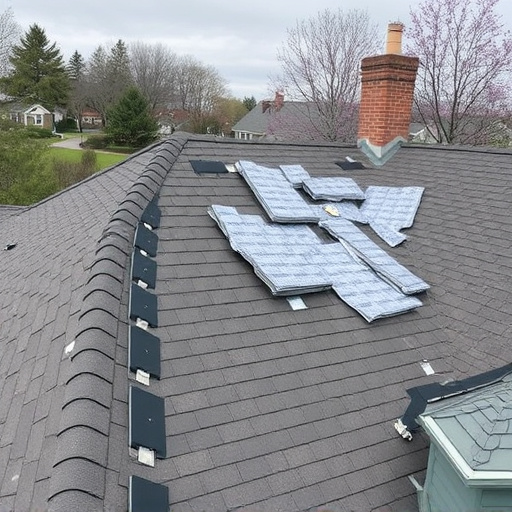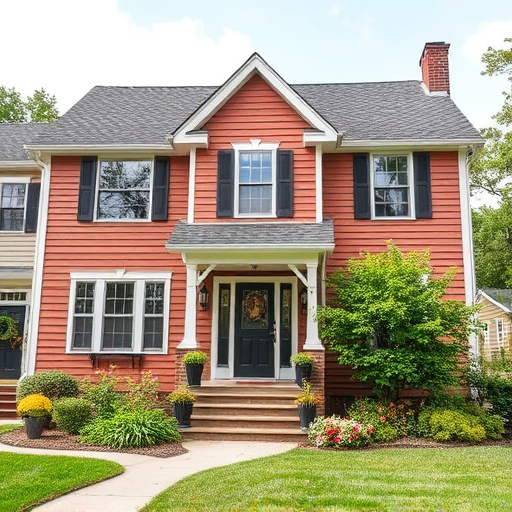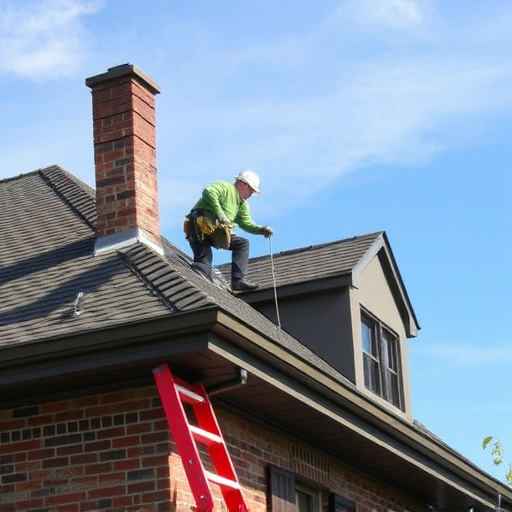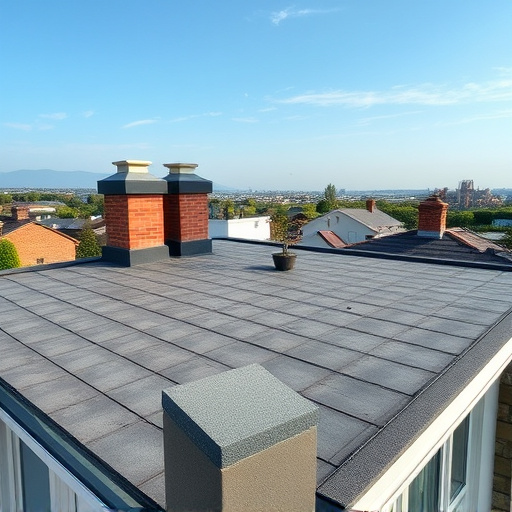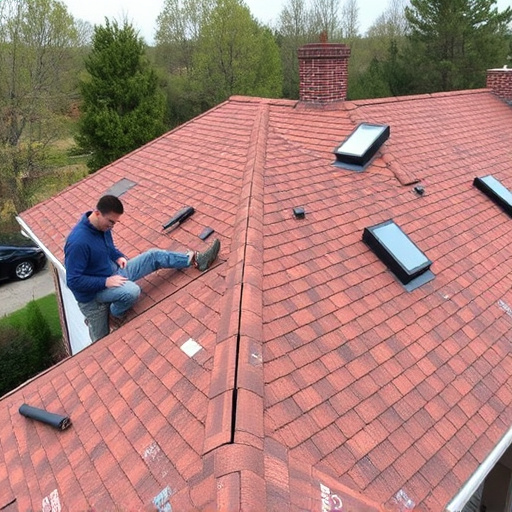Thoroughly assess your existing siding system – materials, style, climate compatibility – before replacement. Plan carefully, protect structures, prepare surface, and install new materials meticulously. Post-replacement, regular cleaning, damage inspection, and yearly professional inspections safeguard investment and curb appeal.
Planning a full siding system replacement? This comprehensive guide breaks down everything you need to know. From understanding your existing siding materials and styles to navigating the step-by-step installation process, we’ve got you covered. Learn about the benefits of different materials and how to ensure optimal performance post-installation. Get ready to transform your home’s exterior with a durable, visually appealing new siding system.
- Understanding Your Siding System: Materials and Styles
- The Replacement Process: Step-by-Step Guide
- Post-Installation: Maintaining Your New Siding
Understanding Your Siding System: Materials and Styles
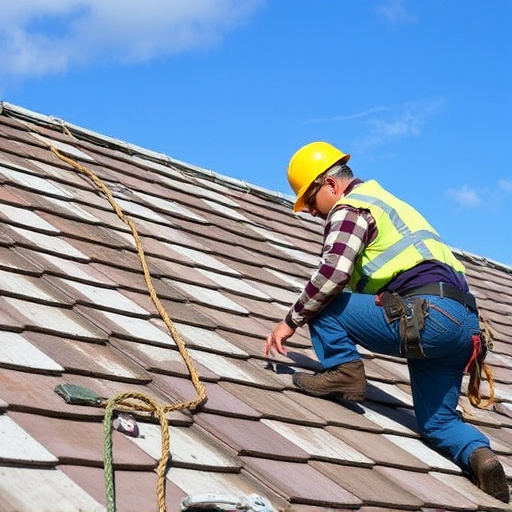
Before diving into the replacement process, it’s crucial to understand your current siding system—its materials and styles. Siding serves not just as a protective layer for your home but also significantly impacts its curb appeal and energy efficiency. Common materials include vinyl, fiber cement, wood, and aluminum, each offering unique benefits and drawbacks in terms of durability, maintenance, and aesthetics.
Varied styles are available too, ranging from traditional lap siding to more intricate designs like shingles or planks. Your choice should align with your home’s architectural style and personal taste. Additionally, consider factors such as climate and local regulations that might dictate the most suitable siding options for your area. Understanding these aspects will facilitate a smoother transition during the siding installation process and ensure you make informed decisions, be it for routine maintenance or storm damage repair, ultimately enhancing your roofing solutions.
The Replacement Process: Step-by-Step Guide
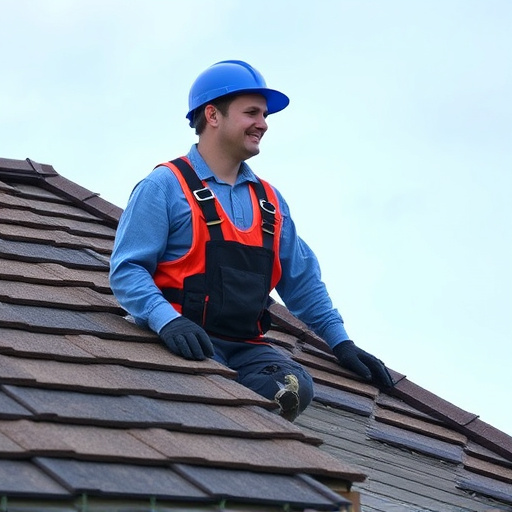
The process of replacing a siding system is a multifaceted undertaking that requires careful planning and execution. It’s crucial to understand each step involved to ensure a smooth transition from old to new. The journey begins with an initial assessment where roofing professionals inspect your property, evaluating the condition of the existing siding and identifying any necessary repairs or storm damage repair. This critical phase determines the scope of work and the materials required for the project.
Once the planning is complete, the actual replacement starts with the removal of the old siding. This involves careful demounting to avoid damaging underlying structures. After the old siding is securely removed, the surface is prepared for new installation. This preparation may include sealing, patching, or addressing any structural issues identified during the initial assessment. With the groundwork laid, roofing services commence, involving the meticulous application of new siding materials, ensuring a tight seal and secure attachment. Finally, upon completion, an inspection is conducted to verify the work’s quality and ensure your residential roofing now stands protected against the elements.
Post-Installation: Maintaining Your New Siding
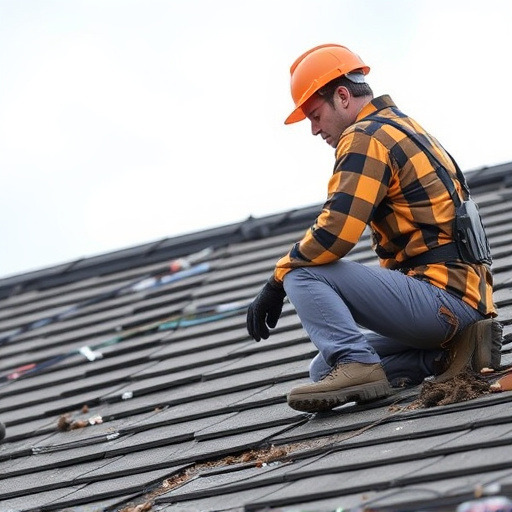
After a successful full siding system replacement, maintaining your new siding is crucial to ensure its longevity and protect your investment. Regular cleaning is essential to keep your siding looking pristine. Use a soft-bristled brush or a pressure washer to remove any built-up dirt, debris, or mold spores, especially in areas with heavy tree coverage. Avoid using harsh chemicals as they can damage the material. A mild detergent mixed with water is usually sufficient for maintenance cleaning.
Additionally, inspect your siding regularly for any signs of damage, such as cracks, bulges, or loose panels. Promptly addressing these issues will prevent minor problems from turning into major repairs. For commercial roofing and professional siding installations, a yearly inspection by a qualified contractor is recommended to ensure the system remains in top condition. This proactive approach will help maintain the aesthetics and structural integrity of your property for years to come, preserving the beauty of your new siding system.
Replacing your home’s siding is a significant project, but understanding each step ensures a smooth process. From selecting suitable materials and styles that align with your aesthetic preferences to navigating the installation process, you’re now equipped with knowledge. Post-installation, proper maintenance will ensure your new siding remains protective and visually appealing for years to come. This comprehensive guide has provided insights into what to expect during a full siding system replacement, empowering you to make informed decisions for your home’s exterior.








